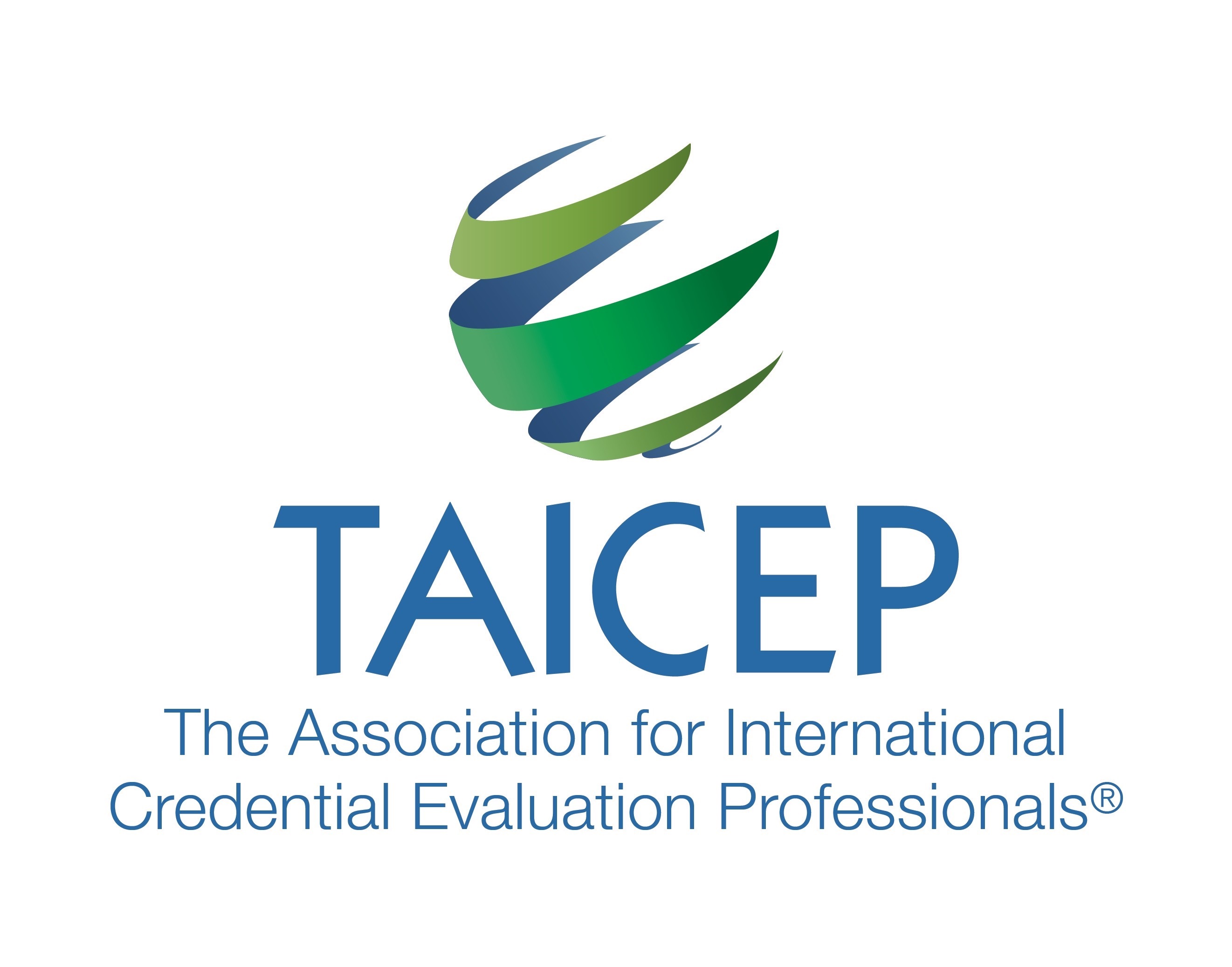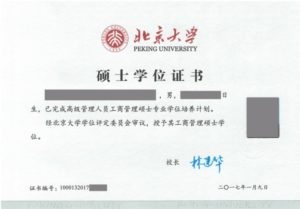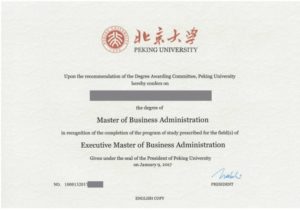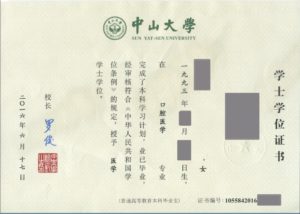Written by: Jade Jiang Rieger, Educational Credential Evaluators
If you are familiar with Chinese credentials, you may have noticed the standardization of Chinese degree certificates. China’s central government is responsible for setting the certificate standards.
Over the past 30 years, degree formats have gone through several changes, including:
- From combined degree certificate and graduation certificate to separate degree certificate and graduation certificate
- From no photo to incorporating a photo
- From portrait to landscape layout
Regardless of these changes, Chinese degree certificates are easy to work with as they always contain the same information with the same format during the same time period.
Recently, China’s central government did something very “decentralized” to its educational system. As of Jan 1, 2016, higher educational institutions have the freedom to design their own degree templates. This means the Chinese national emblem no longer appears on the degree certificate (Ministry of Education).
It is exciting news for Chinese higher educational institutions. They can finally showcase their unique school culture and characters on their certificates. For credential evaluators, it might not be such great news, as fraud detection becomes more challenging. Fortunately, there are still ways to identify and catch the bad guys. So, don’t panic yet!
Below is useful information regarding degree certificates from the Chinese Ministry of Education website:
“Degree certificates must be in conformance with the law to include the following:
- Student’s name, gender, date of birth, color photo with embossed institutional stamp.
- Discipline and major.
- Academic degree or professional degree category.
- Name of awarding institution and signature of principle.
- 16 digits degree certificate number, with first 5 digits as institutional code, 6th digit as degree levels (2 for doctor degree, 3 for master degree, and 4 for bachelor degree), 7th to 10th digits as awarding year, and the last 6 digits as personalized number designated by each institution.
- Issuing date.” (MOE, 2017)
Besides the above identifiable features, you can also check out a specific institution’s website for their new degree templates, if available.
For example, Peking University published an article proudly introducing their beautiful new degree certificates with details and pictures. At Peking University, different degrees have different background colors: brownish red for doctor, blue for master and green for bachelor. There are various security features including anti-copying and water mark. It also mentioned that students will be given an official English copy of the degree certificate (Peking University).
Beijing Institute of Technology is another institution embracing the change. BIT’s new degree certificates are bilingual with Chinese on the top and English on the bottom (Beijing Institute of Technology).
Further south, in Guangzhou, Sun Yat-Sen University stands out with its Chinese characters on the degree certificate written the traditional Chinese manner: vertically in columns going from top to bottom and in the order from right to left (Sun Yat-Sen University).
Some institutions, however, seem to be not as enthusiastic about this change. We have seen new degree certificates that are almost identical to the old MOE templates, simply replacing the national emblem with school logo. Perhaps they want to save money by using up the leftover old templates first?
All in all, this is a big change for the world of Chinese degree certificates, and is another step towards academic internationalization for China.
References:
Beijing Institute of Technology (n.d), retrieved from https://www.bit.edu.cn/xww/zhxw/123117.htm
Ministry of Education (n.d), retrieved from https://www.moe.gov.cn/srcsite/A22/moe_818/moe_819/201507/t20150713_193671.html
Peking University (n.d), retrieved from https://pkunews.pku.edu.cn/xxfz/2016-01/05/content_292549.htm
Sun Yat-Sen University (n.d), retrieved from https://news2.sysu.edu.cn/news01/146766.htm
See more from this edition:
Welcome: 2017 Pre-conference Edition
Workshop Descriptions: 2017 Pre-conference Edition
Session Descriptions: 2017 Pre-conference Edition
More Conference Information: 2017 Pre-conference Edition
Add to Your Library: 2017 Pre-conference Edition
In the News and Publications or Videos: 2017 Pre-conference Edition
2016 Business Meeting Minutes: 2017 Pre-conference Edition
Conference and Organizational Sponsors: 2017 Pre-conference Edition



